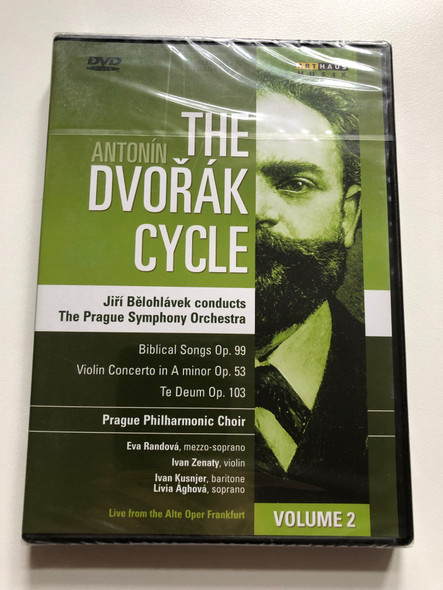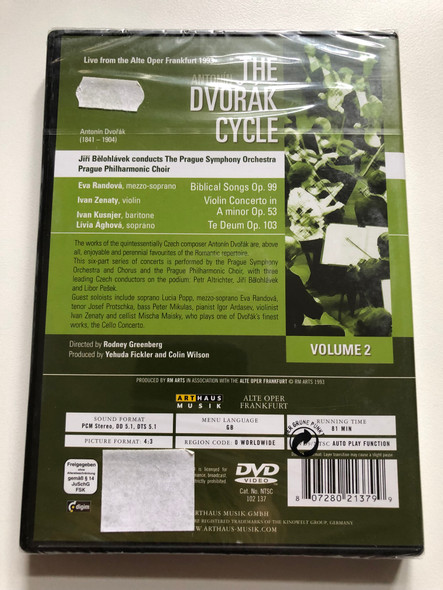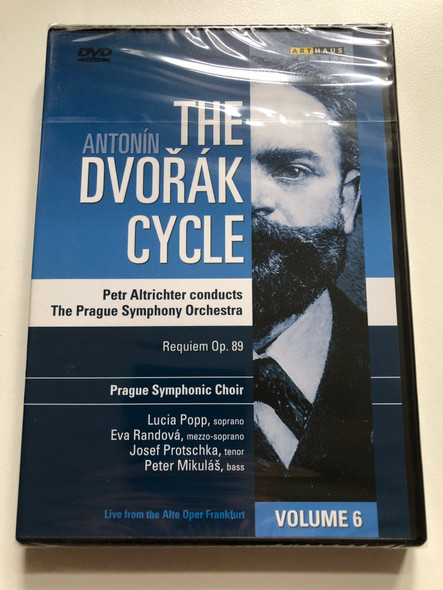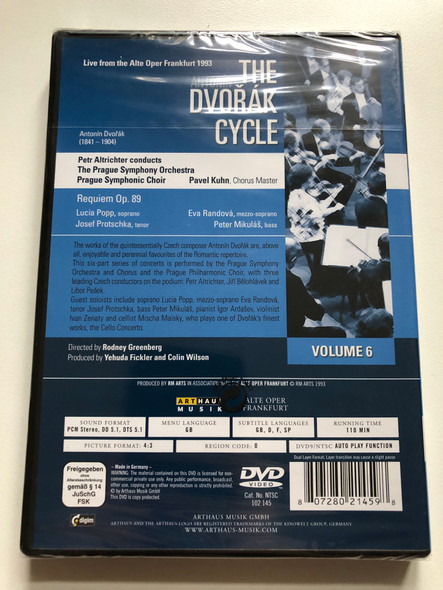Description
Disney Fables - Volume 2 DVD Disney Históriák - 2. rész / Little Hiawatha / The Ugly Dickling / Farmyard Symphony / Wynken, Blynken and Nod / Merbabies / The Old Mill
UPC 5996255712599
DVD Made in EU
REGION 2 PAL DVD
Audio options: English, Hungarian, Portuguese, Polish, Czech, Arabic
Subtitle options: English, Hungarian, Portuguese, Polish, Czech, Arabic
TOTAL PLAYTIME: 50:56
This DVD contains Six animated stories from the Disney studios:
In 'Little Hiawatha' Little Indian cannot seem to kill the animals he hunts and ends up befriending a rabbit.
In the Oscar-winning 'The Ugly Dickling' a baby duckling is shunned by his family for being ugly but finds a mother swan who takes him under her wing.
'Farmyard Symphony' sees a rooster, pig and lamb make beautiful music.
'Wynken, Blynken and Nod' sees three babies going to the moon in a wooden shoe.
'Merbabies' sees ocean waves turning into cherubic sea-maidens.
And finally the Oscar-winning 'The Old Mill' goes inside a windmill during a stormy night.
Raiding the Disney archives, Walt Disney Fables Volume 2 is a collection of animated fairy tales from as early as the mid-1930s. Of the two volumes, this is perhaps better suited to younger children, featuring as it does a succession of short, easy-to-follow stories told through bright, colourful characters and songs. It may not feature any of Disney's more recognisable creations, but the chosen fables are imbued with strong enough stories to hold the attention.
The animation, while state-of-the-art in its day, comes over now as more than a little awkward and crude--especially in comparison to the studio's classic output of the 1960s. While not really an example of Disney at its best, this does give a good indication of the company's roots and the start of a process that would lead to countless magical moments along the way.
Walt Disney Fables Volume 2 presents a snapshot of early animation and as such is not really amenable to technical enhancement, leaving an overall effect that offers no substantial improvement on the VHS format.
Az egész estés számítógép-animációs filmek korában gyakran a történet, a mese rovására megy a látvány. A rajzfilmek aranykorában azonban elsősorban az számított, hogy a film cselekménye, a figurák bája, a zene és látvány összhangban legyen és együttes erővel repítse kis nézőit a mesék csodálatos birodalmába.
Little Hiawatha
Little Hiawatha (also called Hiawatha) is a 1937 animated cartoon produced by Walt Disney, inspired by the poem The Song of Hiawatha by Henry Wadsworth Longfellow. The animated short appears on the Gold Collection DVD of Pocahontas II: Journey to a New World and the 2012 Blu-ray of Walt Disney's Pocahontas. It is the last Silly Symphony to be released by United Artists.
The Ugly Dickling
The Ugly Duckling is an animated black-and-white cartoon released by Walt Disney in 1931 as part of the Silly Symphonies series. This cartoon was later remade into a color version released in 1939.
Farmyard Symphony
Farmyard Symphony is a 1938 Silly Symphonies animated short film inspired by Farmyard Song. It can be seen as a precursor to Fantasia due to using various pieces of classical music in one short. The film was directed by Jack Cutting and produced by Walt Disney.
Wynken, Blynken and Nod
Wynken, Blynken and Nod is a 1938 Silly Symphonies cartoon, adapted from Eugene Field's poem of the same name. Like other Symphonies at the time, it utilised the multiplane camera. It was directed by Graham Heid and produced by Walt Disney.
Merbabies
Merbabies is a Silly Symphonies animated Disney short film. It was released on December 9, 1938. It is a collaboration between Walt Disney and Harman and Ising, the latter studio having donated artists to Disney to work on the production of Snow White. It is one of the very last shorts of the Silly Symphonies series.
The Old Mill
The Old Mill is a 1937 Silly Symphony cartoon produced by Walt Disney, directed by Wilfred Jackson, scored by Leigh Harline, and released to theatres by RKO Radio Pictures on November 5, 1937. The film depicts the natural community of animals populating an old abandoned windmill in the country, and how they deal with a severe summer thunderstorm that nearly destroys their habitat. It incorporates the song "One Day When We Were Young" from Johann Strauss II's operetta The Gypsy Baron.
Like many of the later Silly Symphonies, The Old Mill was a testing ground for advanced animation techniques. Marking the first use of Disney's multiplane camera, the film also incorporates realistic depictions of animal behavior, complex lighting and color effects, depictions of rain, wind, lightning, ripples, splashes and reflections, three-dimensional rotation of detailed objects, and the use of timing to produce specific dramatic and emotional effects. All of the lessons learned from making The Old Mill would subsequently be incorporated into Disney's feature-length animated films, such as Snow White and the Seven Dwarfs (1937), which was released a month later, as well as Pinocchio (1940), Fantasia (1940) and Bambi (1942).
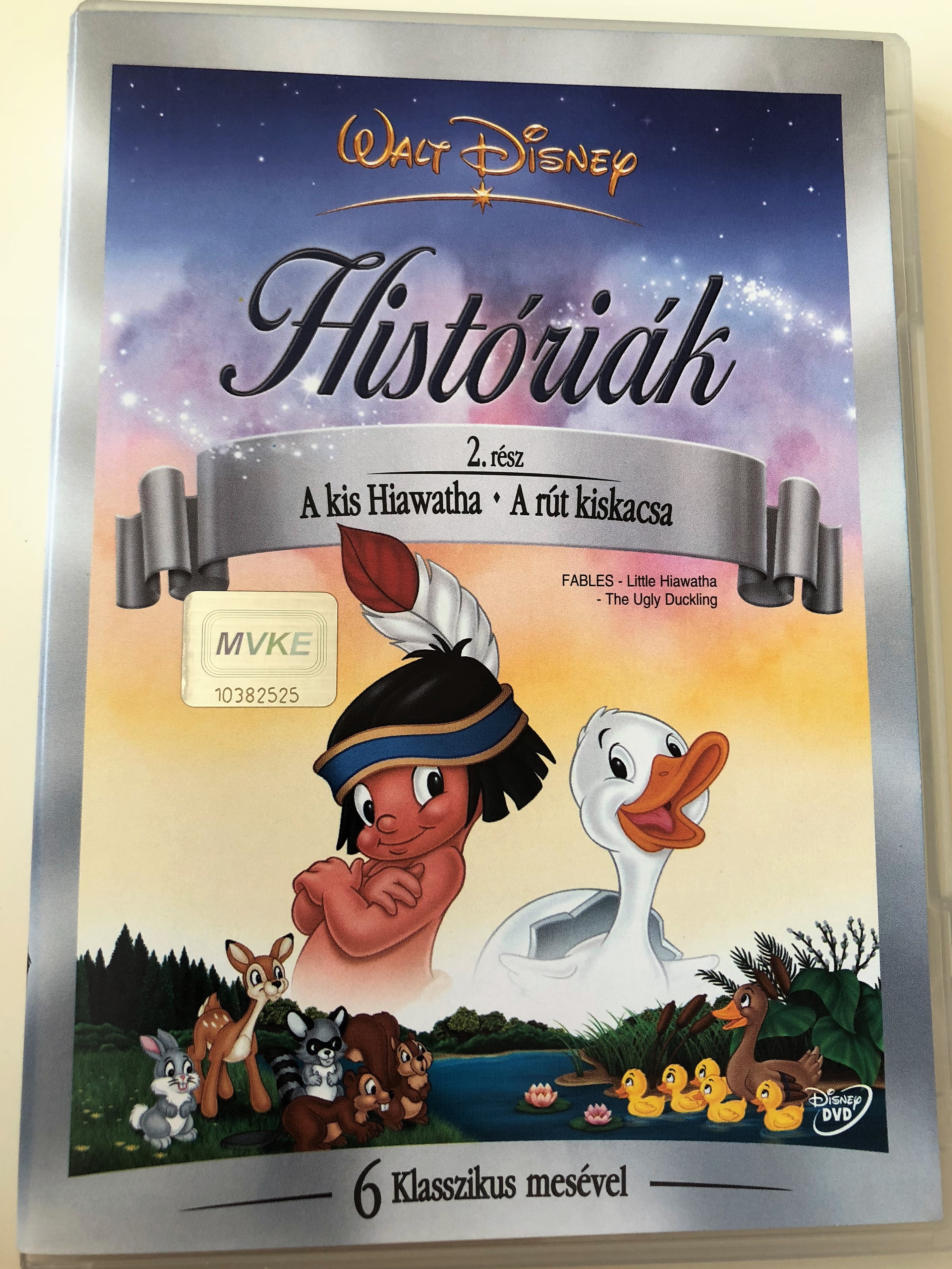
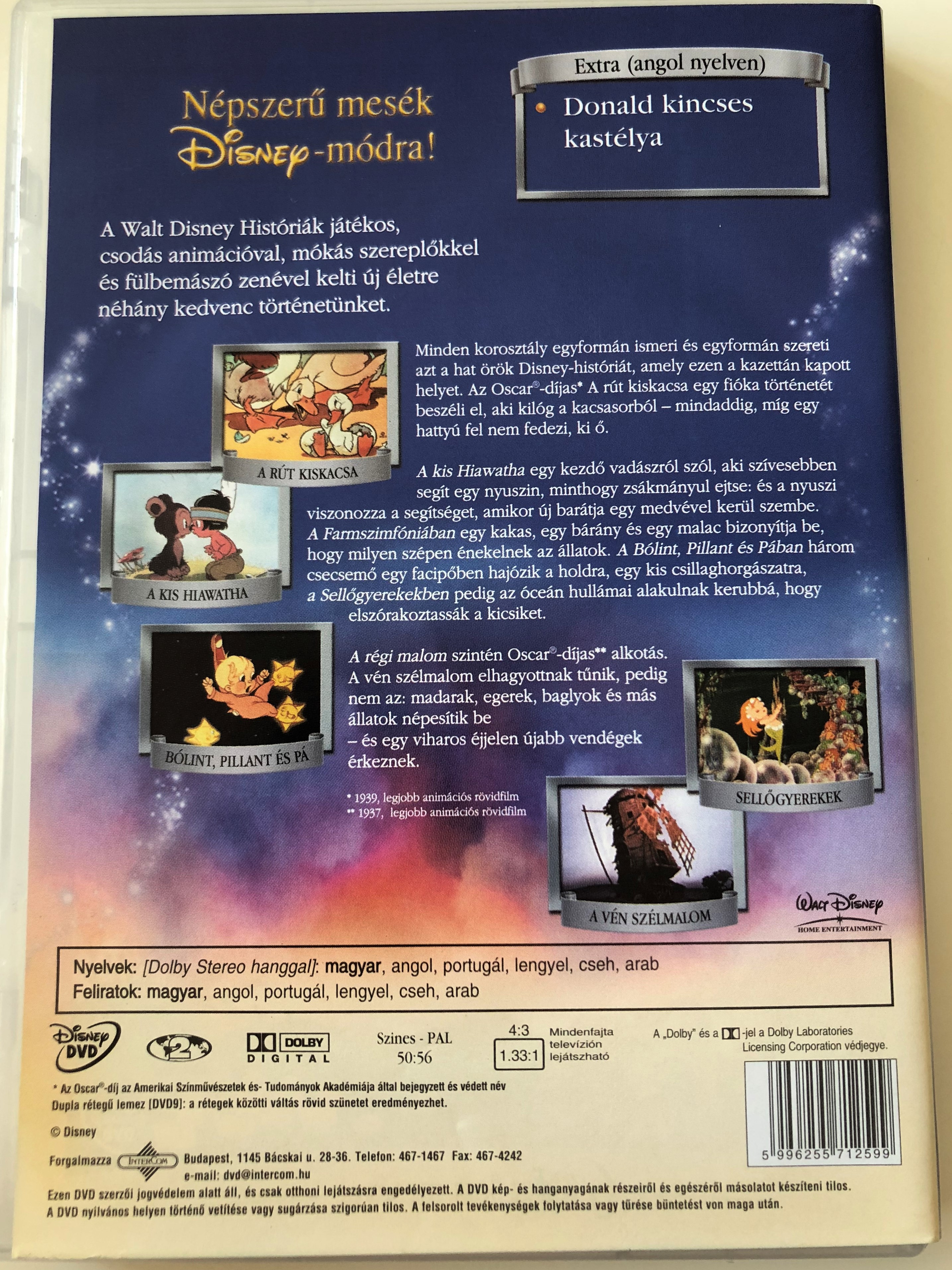
Silly Symphony is a series of 75 animated short films produced by Walt Disney Productions from 1929 to 1939. As their name implies, the Silly Symphonies were originally intended as whimsical accompaniments to pieces of music. As such, the films usually had independent continuity and did not feature continuing characters, unlike the Mickey Mouse shorts produced by Disney at the same time (exceptions to this include Three Little Pigs, The Tortoise and the Hare, and Three Orphan Kittens, which all had sequels). The series is notable for its innovation with Technicolor and the multiplane motion picture camera, as well as its introduction of the character Donald Duck making his first appearance in the Silly Symphony cartoon The Wise Little Hen in 1934. Seven shorts won the Academy Award for Best Animated Short Film.
The series also spawned a Disney media franchise that included the Silly Symphonies newspaper comic strip distributed by King Features Syndicate, the Dell comic book series Silly Symphonies, as well as several children's books, many of which were based on Silly Symphony cartoons.
















